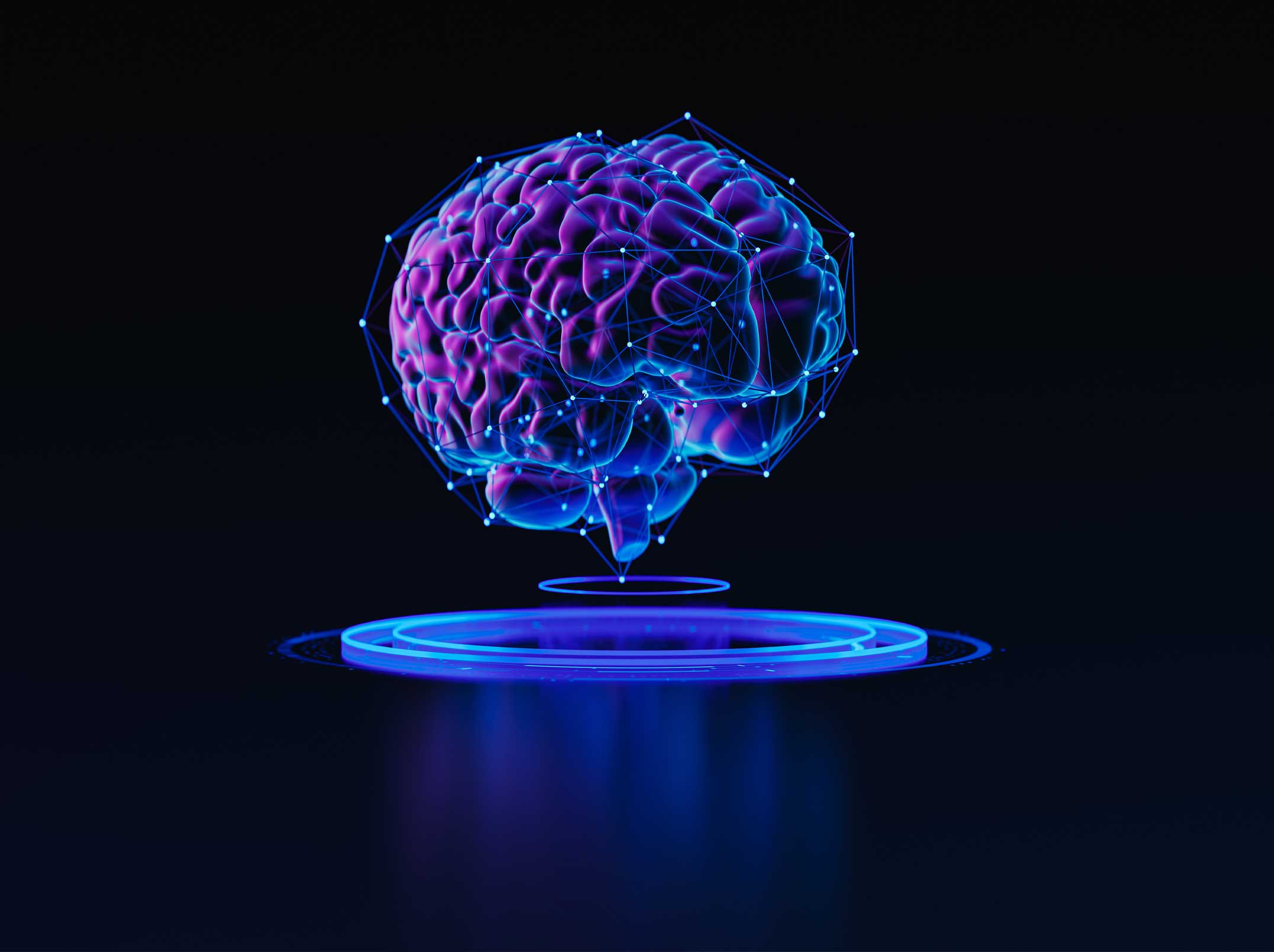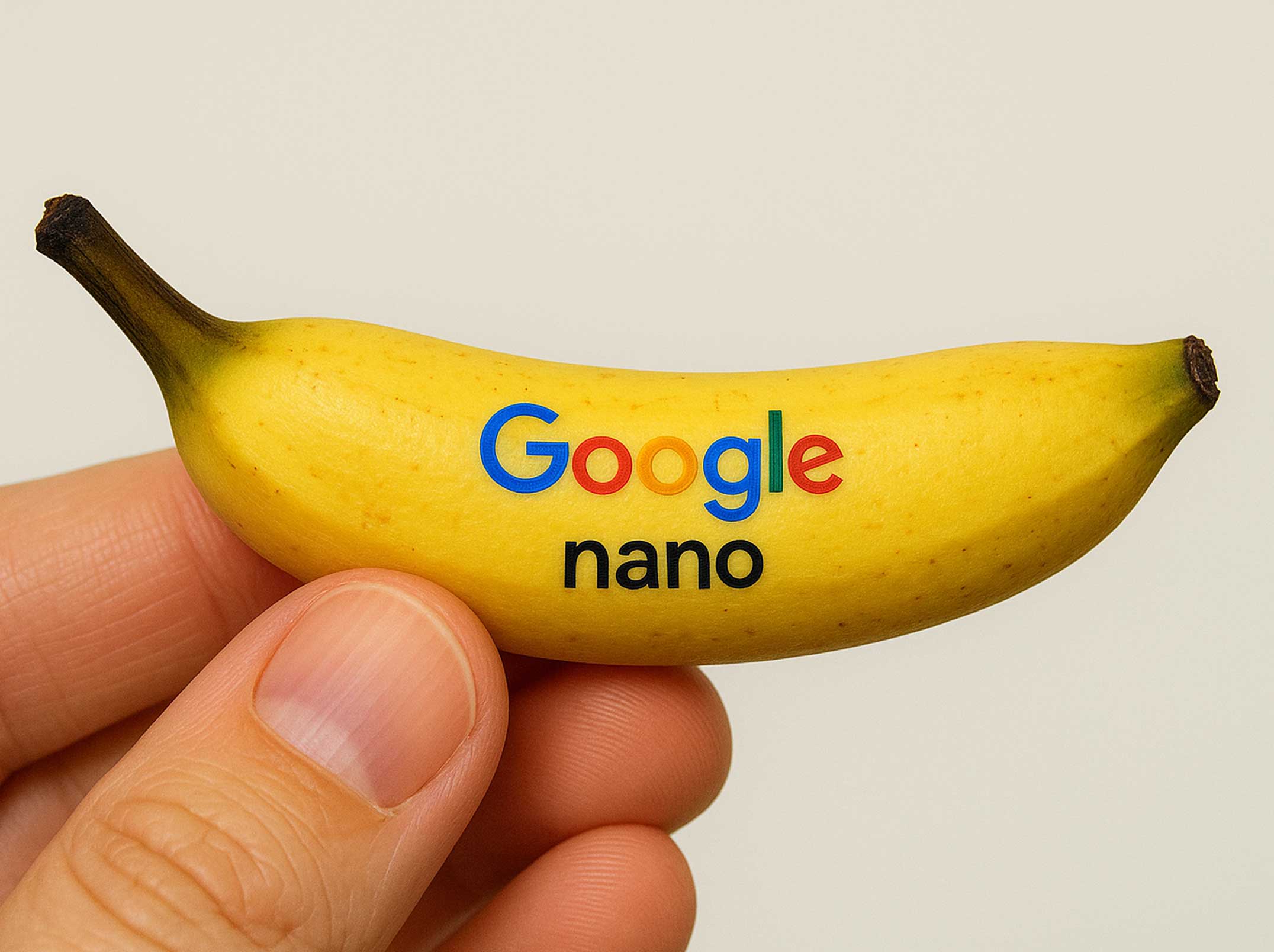OpenAI's Social Network: A New Rival for Facebook and X?
OpenAI is building a bold new AI-driven alternative to social media.

A Surprise Entry into Social Media
The prospect of a new social media platform, particularly one from a powerhouse like OpenAI, immediately raises questions about the future of digital interaction. For years, platforms like Facebook and X (formerly Twitter) have dominated the landscape, shaping how we connect, share, and consume information. Now, early reports suggest OpenAI, renowned for its advancements in generative AI with models like ChatGPT and DALL·E, is venturing into this crowded arena.
While still in its nascent stages, an internally tested prototype reportedly features a social feed deeply integrated with ChatGPT’s AI image and text generation capabilities. This move signals a potentially transformative shift, moving beyond traditional user-generated content to a hybrid model where AI plays a central role in content creation and interaction. CEO Sam Altman has been actively soliciting feedback on the concept, considering its deployment either as a standalone application or as a native feature within the existing ChatGPT interface. This ambitious undertaking clearly demonstrates OpenAI's intent to not just influence but actively participate in the social media ecosystem, potentially redefining what a social network can be.
A Strategic Pivot Toward Real-Time User Data
This strategic pivot by OpenAI serves a critical dual purpose, moving beyond its current model of relying heavily on scraped web data and limited direct user interaction. Firstly, a dedicated social platform would provide an unparalleled volume of real-time user data—a vital resource currently dominated by industry giants like Meta and X. This dynamic influx of behavioral feedback, expressed preferences, and evolving conversational patterns would be invaluable for fine-tuning OpenAI's generative AI models. Unlike static datasets, real-time social interactions offer a living, evolving corpus of human communication, allowing models to learn nuances, emerging trends, and contextual understanding at an unprecedented pace.
Secondly, this move represents a natural and logical progression in OpenAI's ongoing efforts to enhance its AI capabilities. Having already integrated functionalities like Browse, image generation, and memory into ChatGPT, a social platform would create a continuous feedback loop. This direct engagement would empower OpenAI to build safer, more relevant, and ultimately more sophisticated AI, significantly mitigating the biases and limitations inherent in traditional, pre-existing datasets. By owning this data pipeline, OpenAI gains a distinct competitive advantage in the race to develop increasingly advanced and human-aligned artificial intelligence.
Challenging the Dominance of Musk and Meta
The timing of OpenAI's potential entry into the social media space is anything but coincidental. It directly challenges the aggressive strategies of established players, particularly Elon Musk's X. Musk, a co-founder and now a vocal rival of OpenAI, has been vigorously transforming X into an "everything app," aiming to integrate media, payments, and AI-driven content into a single, indispensable platform. Meanwhile, Meta continues to leverage its dominance with Instagram and Facebook while actively developing its own AI assistants to maintain its foothold.
By developing its own social platform, OpenAI isn't just launching a new product; it's making a bold statement. This move places them in direct competition with X—a stark reversal, given that X was a primary source of initial training data for OpenAI before access was cut off in 2023. This isn't merely a business expansion; it's a declaration of independence and a full-circle moment in a rivalry that has been simmering for years. It underscores OpenAI's intent to control its own data destiny and shape the future of AI-powered social interaction on its own terms.
The AI-First Social Experience
Imagining a social platform born from OpenAI’s core capabilities means envisioning a fundamentally different kind of digital interaction. Instead of the familiar scroll through posts from friends, family, and followed accounts, sources suggest an "AI-first" model. This implies a content feed driven by user prompts, dynamically generated AI content, and personalized interactions curated by ChatGPT itself.
This departure from the traditional social graph could manifest in several compelling ways. Content surfacing might be less about who you know, and more about what genuinely interests you at a given moment. Imagine a feed that understands your implicit intent, anticipates your curiosities, or even responds to your emotional state, delivering content that resonates on a deeper level. This could mean a personalized news digest that highlights perspectives you haven't considered, creative works generated based on your expressed artistic preferences, or even AI-driven conversations designed to explore specific topics of interest.
For users suffering from the fatigue of algorithmic echo chambers and information overload, this reimagining of the social experience could offer a refreshing alternative. It presents an opportunity for OpenAI to redefine what "social" truly means in a world increasingly shaped by artificial intelligence, shifting the focus from passive consumption to active, intelligent engagement and discovery.
Privacy and Ethics in the Spotlight
While the allure of real-time user data for AI model refinement is undeniable, it comes tethered to immense responsibility. OpenAI's foray into social media would thrust it directly into the fraught landscape of privacy, misinformation, content moderation, and ethical AI deployment—issues that have persistently plagued and, at times, undermined the credibility of incumbent platforms.
Sam Altman has, on record, acknowledged these inherent risks and articulated OpenAI's commitment to responsible AI development. However, building and scaling a social media platform means moving beyond theoretical discussions and into the challenging practicalities of these issues. They would need to navigate the delicate balance between fostering open communication and combating the proliferation of harmful content, all while ensuring user privacy in an environment where personal data is the lifeblood of AI improvement.
The manner in which OpenAI establishes and enforces its policies on privacy, content moderation, and algorithmic fairness will be under intense scrutiny. Their approach to mitigating biases in AI-generated content, handling sensitive user data, and responding to rapidly evolving misinformation campaigns will not only determine the platform's viability but also significantly shape OpenAI's reputation and public perception in the years to come. This venture is as much a technological leap as it is a profound ethical challenge.
Potential Business Impact
From a pure business standpoint, this venture represents a significant monetization opportunity for OpenAI. Currently, their revenue streams primarily stem from ChatGPT Plus subscriptions and enterprise API usage. A social platform, particularly one deeply integrated with ChatGPT, could unlock a multitude of new financial avenues.
Consider the familiar playbook of social media monetization: highly targeted advertising based on rich user data, premium features offering enhanced experiences or exclusive content, robust tools for creators to monetize their own AI-generated content or interactions, and strategic partnerships with media organizations for content distribution or co-creation. OpenAI could leverage its unique AI capabilities to offer a more precise and sophisticated advertising model, moving beyond traditional demographics to intent- and curiosity-based targeting.
However, the execution will be key. If OpenAI truly leans into an AI-curated social interaction model, where the feed is dynamically generated and personalized in real-time based on user prompts and AI-driven insights, it could carve out a distinct niche that current behemoths like X, Meta, and TikTok haven't yet fully exploited. This could attract a user base seeking a more meaningful, less overwhelming, and perhaps more intellectually stimulating social experience, allowing OpenAI to differentiate its offering and establish a new paradigm for digital connection.
What Comes Next?
While OpenAI has remained tight-lipped about an official public release date or a detailed roadmap for its social platform, the company's rapid development pace, particularly with recent advancements like the integration of image and voice capabilities into GPT-4o in May 2024, suggests that a beta version might not be far off. This iterative and fast-paced approach to product deployment is a hallmark of the AI industry.
However, the real test for OpenAI will lie in its ability to navigate the complex challenges inherent in social media. As industry observers keenly watch, the central question revolves around how the company will strike a delicate balance between fostering innovation—pushing the boundaries of AI-powered social interaction—and upholding responsibility. This encompasses addressing critical concerns like user privacy, combating the spread of misinformation, establishing robust content moderation frameworks, and ensuring the ethical deployment of AI within its platform. OpenAI's success in these areas will not only dictate the platform's public reception but also significantly influence its long-term trajectory and its potential to genuinely reshape the social media landscape.
FAQs
1. What is OpenAI's reported new social platform?
OpenAI is reportedly developing a novel social media platform, often likened to X (formerly Twitter), but with a core difference: it's built from the ground up with generative AI at its center. Currently in its prototype phase and undergoing internal testing, the platform is said to feature a social feed primarily driven by ChatGPT's AI image and text generation capabilities. While its final form is still being determined, it could emerge as a standalone application or as an integrated feature within the existing ChatGPT interface.
2. Why is OpenAI venturing into social media?
OpenAI's strategic motivation for entering the social media landscape is multifaceted. A key objective is to secure access to vast quantities of real-time user interaction data. This continuous influx of behavioral feedback, preferences, and conversational nuances is invaluable for continually fine-tuning and improving their AI models, offering a significant advantage over reliance on static, pre-existing datasets. Furthermore, this move positions OpenAI in direct competition with tech giants like Meta and X, both of whom leverage their extensive social datasets for AI training, aiming to redefine the AI-powered social experience on its own terms.
3. How might this platform differ from existing social networks like X or Facebook?
Unlike conventional social platforms that primarily rely on social graphs and algorithmic feeds based on user connections, OpenAI's reported platform could introduce an "AI-first" model. This means the content feed would be dynamically generated and personalized based on user prompts, AI-created content, and interactions curated by ChatGPT. The focus would shift from mere "likes" and "follows" to surfacing content based on deeper intent, curiosity, or emotional resonance, potentially offering a more curated, engaging, and less overwhelming experience than current information-saturated feeds.
4. What are the primary risks and challenges for OpenAI in this new endeavor?
Launching a social media platform brings OpenAI face-to-face with a complex array of challenges, particularly concerning content moderation, user privacy, and the ethical deployment of AI. The platform would need to navigate the sensitive issues of misinformation, algorithmic bias, and free speech battles that have historically plagued existing social networks. How OpenAI establishes robust policies for data governance, ensures responsible content practices, and maintains public trust in an environment ripe for controversy will be critical in shaping its long-term reputation and success in this highly scrutinized domain.
5. When can the public expect a release of this platform?
As of now, OpenAI has not confirmed any official public release date or provided a detailed roadmap for this social platform. Reports indicate it is still in the prototype and internal testing phases. However, given OpenAI's rapid pace of innovation and its recent integrations of image and voice capabilities into ChatGPT, industry observers speculate that a beta version or a deeper integration within ChatGPT could potentially emerge later in 2025, contingent on ongoing internal feedback and development progress.
Subscribe to our newsletter
Stay informed with the latest marketing trends, expert insights, and exclusive updates delivered monthly.




